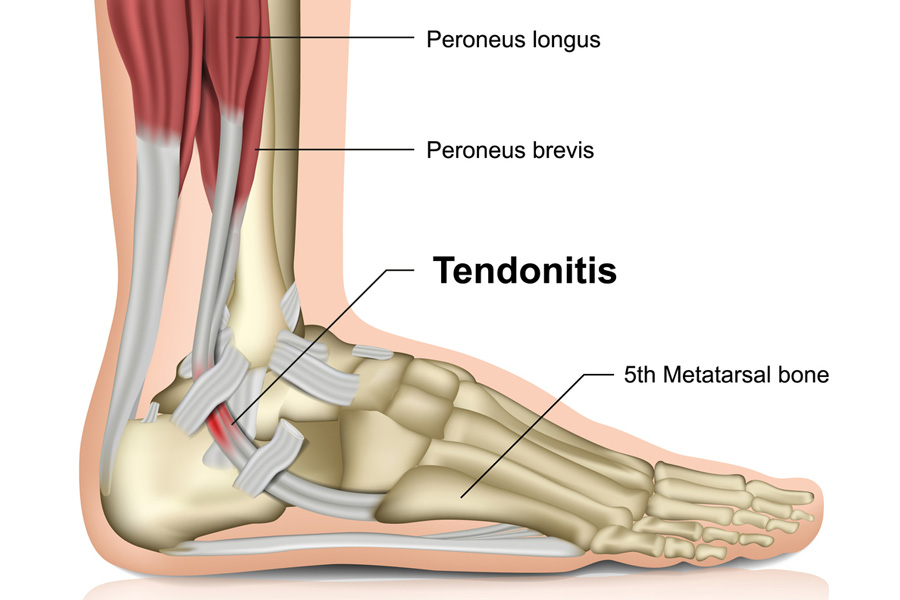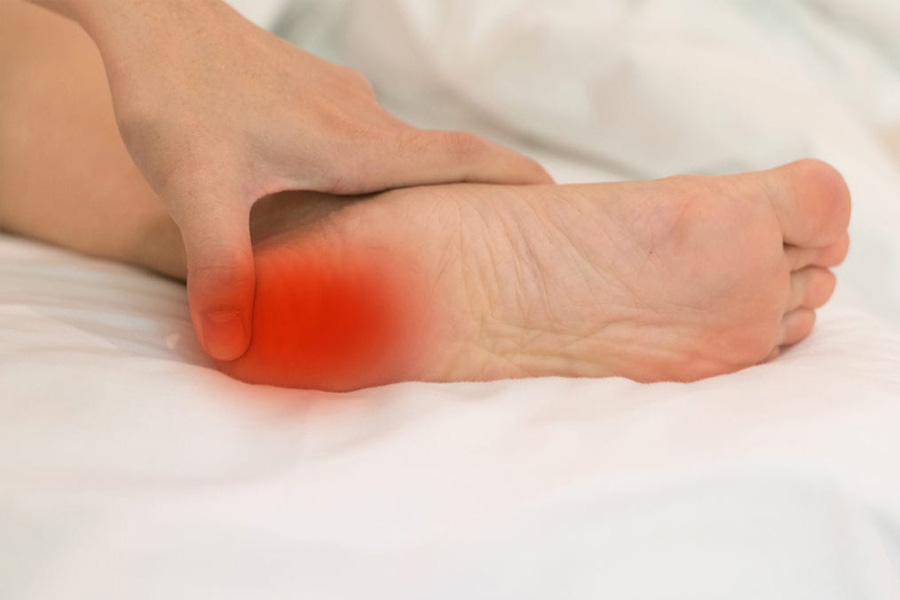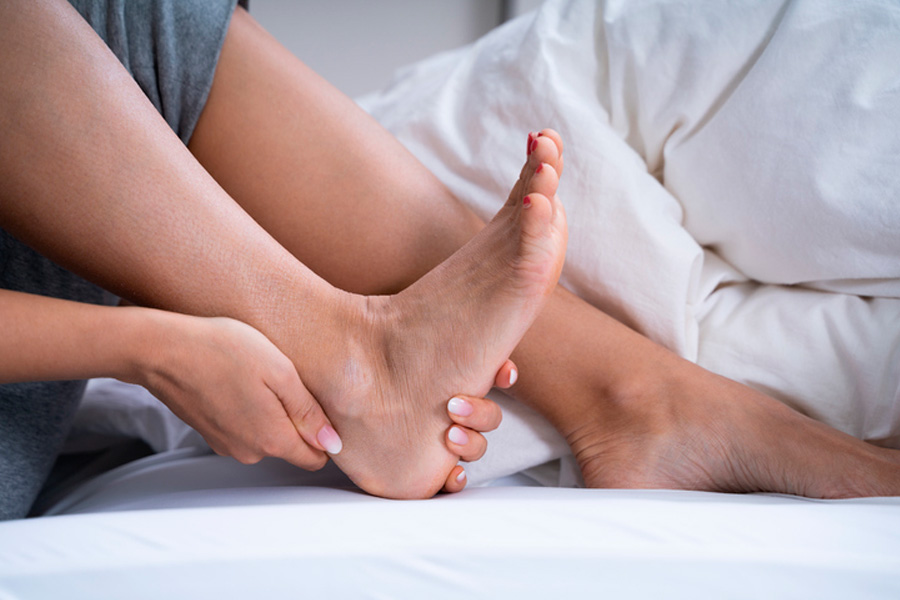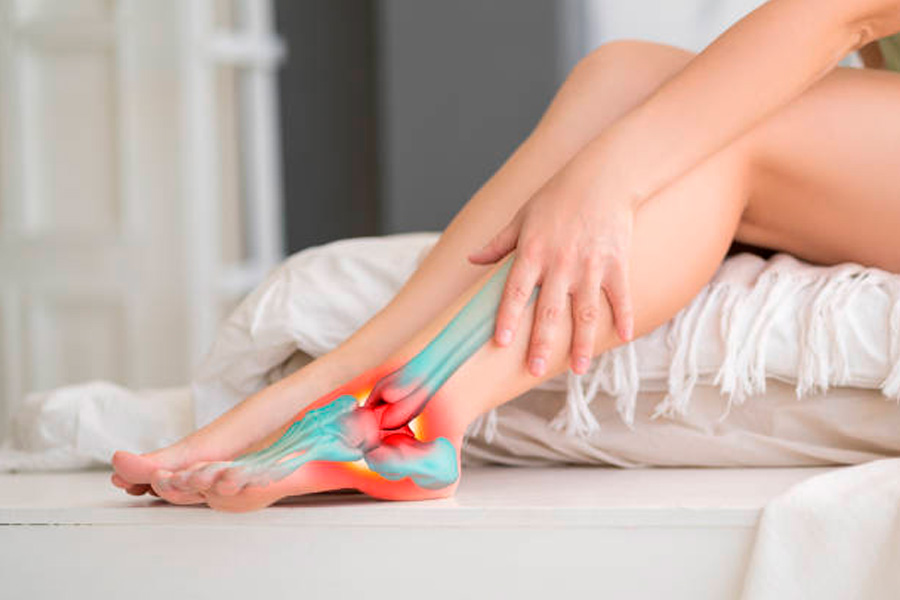
Peroneal tendonitis is inflammation of the peroneal tendons. These are tendons that start from the lower leg and attach to the midfoot and to the inside of the foot’s arch.The peroneal tendons give stability to the foot and ankle. The most common symptom of peroneal tendonitis is pain along the outside of the ankle and lower leg, especially when walking or running. You might also have swelling and tenderness in this area.
There are several things that can lead to peroneal tendonitis, including overuse (such as from running or playing sports), injury (like a sprained ankle), or wearing shoes that rub against the back of the heel bone. People with flat feet or high arches are more likely to get this condition, because they put extra stress on their peroneal tendons.
Let’s talk about how a very common foot condition like peroneal tendonitis is treated and ways in which it can be prevented.
How Is Peroneal Tendonitis Treated?
Treatment for peroneal tendonitis typically involves rest, ice, anti-inflammatory medication, bracing, and immobilization with a walking boot. Physical therapy may also be recommended to help stretch and strengthen the muscles and tendons around the affected area. In severe cases, surgery may be necessary to repair the peroneal tendon that has torn, although this condition is most often treated non-surgically.
How Can Peroneal Tendonitis Be Prevented?
There are several techniques that are used to prevent peroneal tendonitis:
- Strengthen the muscles around the peroneal tendons with exercises such as calf raises and lateral hops. Stronger muscles will take some of the load off of the tendons.
- Increase your activity level gradually. Sudden increases in length or intensity of your physical activity can lead to overload on the tendons, which can cause inflammation.
- Run on soft surfaces as much as possible (grass, dirt trails). Hard surfaces put more impact force through the bones and joints, which can lead to microtrauma of the tendons.
- Use proper footwear that provides good support for your feet and ankles. Worn-out shoes or shoes that don’t fit well can contribute to problems with overuse injuries like tendonitis. If you have flat feet or high arches, which puts you at greater risk for peroneal tendonitis, ask your podiatrist about custom orthotics, which are specially-made devices to support and cushion your feet.
If you think you might have peroneal tendonitis, see a foot and ankle doctor, or podiatrist, for expert care. Podiatrists are highly trained in the diagnosis, treatment, and prevention of peroneal tendonitis.
Peroneal Tendonitis Treatment in Cincinnati, OH
The podiatrists at Cincinnati Foot & Ankle Care can provide expert treatment for peroneal tendonitis. Our doctors can perform exams and conduct tests to ensure that you have an accurate diagnosis, which is critical in receiving the right treatment.
No matter how you developed peroneal tendonitis, we can give individualized recommendations to help prevent further weakening and damaging the tendon. Our podiatrists have advanced training in the treatment of sports injuries.
At Cincinnati Foot & Ankle Care, you will receive no less than comprehensive podiatry care. To schedule an appointment with one of our foot and ankle doctors, call our podiatry clinic nearest you or use our convenient online request form.




